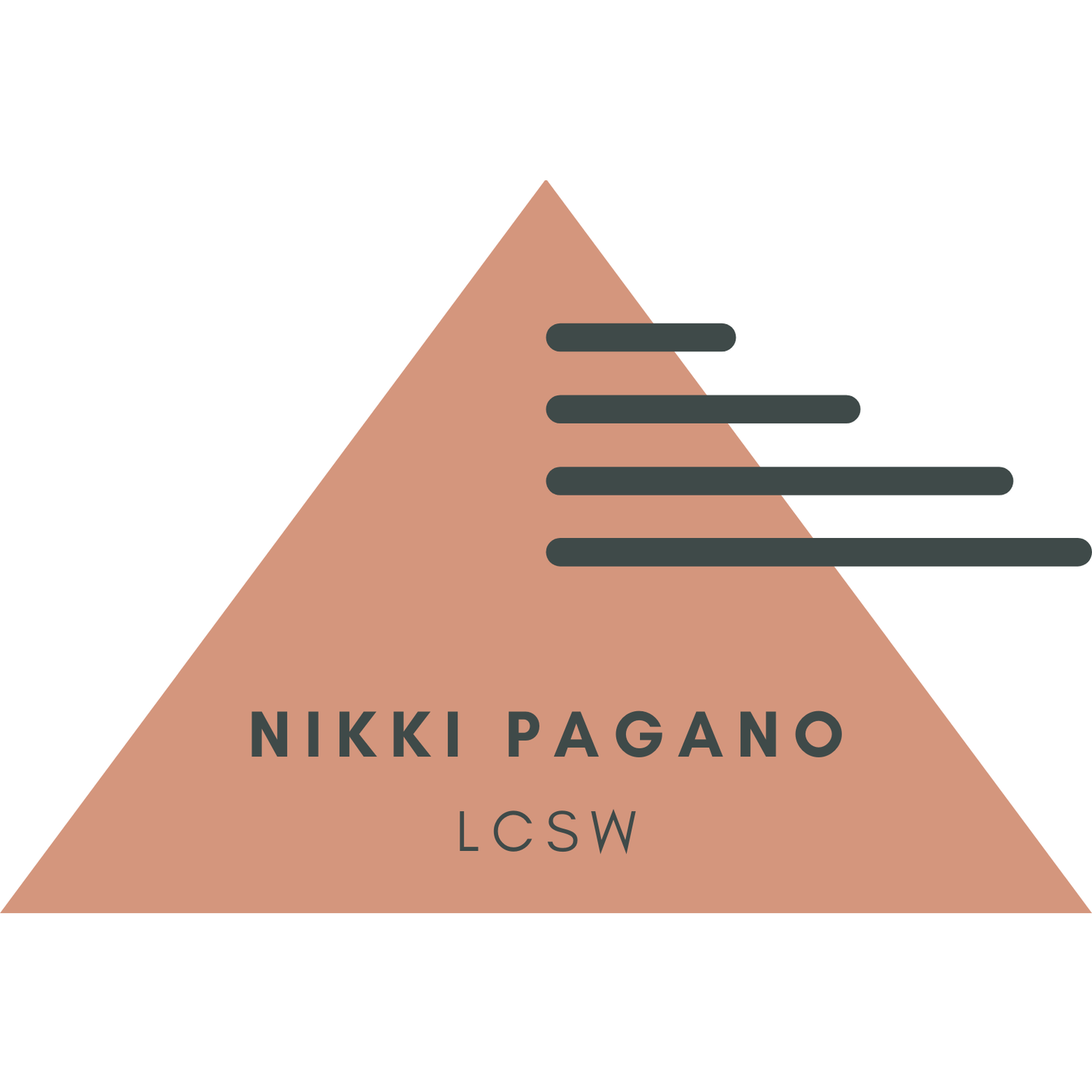Multifamily Group
June 10, 2019 • Written by Nikki Pagano, LCSW and Michelle Laub, LMSW
“Wait. So, all parents are basically the same.”
This was a reflection offered by a teenage participant, after hearing the similarities between the way her parents and other parents have responded to the eating disorder. She got big laughs. Well-deserved too, for it was a biting commentary. But more than funny, more than sarcastic, her words shed light on the power of a multifamily group: Families are not alone in their experience of an eating disorder, its treatment, and their loved one’s recovery.
The Columbia Center for Eating Disorders piloted its first multifamily group in January, providing a space for parents, siblings, and patients to share their experiences and expand their support network. Group participants included families affected by anorexia nervosa who have partnered with us by participating in our longitudinal research study of teens with anorexia nervosa.
The impact of anorexia nervosa extends beyond the patient to the entire family unit. The disorder can cause strain on the family:
Mealtimes can become tense and filled with conflict
Parents lose a once boisterous or laid-back child to an illness that results in irritability and anxiety
Siblings sometimes become resentful and feel their parents are less available to provide support
Parents may disagree on how to help their child, causing a strain on their own relationship
Treatment for the disorder, be it family-based therapy, intensive outpatient treatment, or residential or inpatient care, take a toll on family members as well. Multifamily group treatment is an evidence-based intervention for a patient and their families that integrates psychoeducation, behavioral family therapy, and support. In our multifamily group, families learn from each other’s experiences in solving illness-related problems, hear unique (and sometimes shared) perspectives of siblings, parents, and patients, and benefit from one another’s story.
Topics covered in the multifamily group include:
Identification of individual and shared family values and how the eating disorder interfered with, or changed, these values
Discussion of adolescent development and how the illness might have impacted usual trajectories
Psychoeducation on the medical complications of anorexia nervosa
Exploration of helpful ways to address and respond to body image concerns
Problem-solving and preparation for relapse prevention and continued progress
Curious to see how this group would take shape, we walked away from the experience amazed, impressed, and surprised. We were amazed by the openness and honesty of each family and the support the families provided to and accepted from each other. We were impressed by their ability to bring humor to topics that are difficult to discuss and by the actionable problem-solving ideas they shared with one another. We were surprised to learn that each family was also able to identify ways in which this illness had brought their family closer together, opening lines of communication and strengthening relationships between family members.
Perhaps most amazing, however, was that the multifamily group nearly couldn’t come to an end. At our final group meeting, families were reluctant to leave the group room, hesitant to part from the supportive community they had co-created. Families told us that the group was helpful in overcoming the illness-related isolation they experienced. Patients, parents and siblings alike described how powerful it was for them to appreciate the ways in which anorexia nervosa changed their family. Despite the unique circumstances of each patient and their family, there were undeniable similarities and strengths this illness revealed within families. When asked to put words to what the group had meant to them, participants offered words such as “trust”, “comradery”, “understood” and “supported.”
This blog was originally published by the Columbia Center for Eating Disorders on The Feed Blog.

